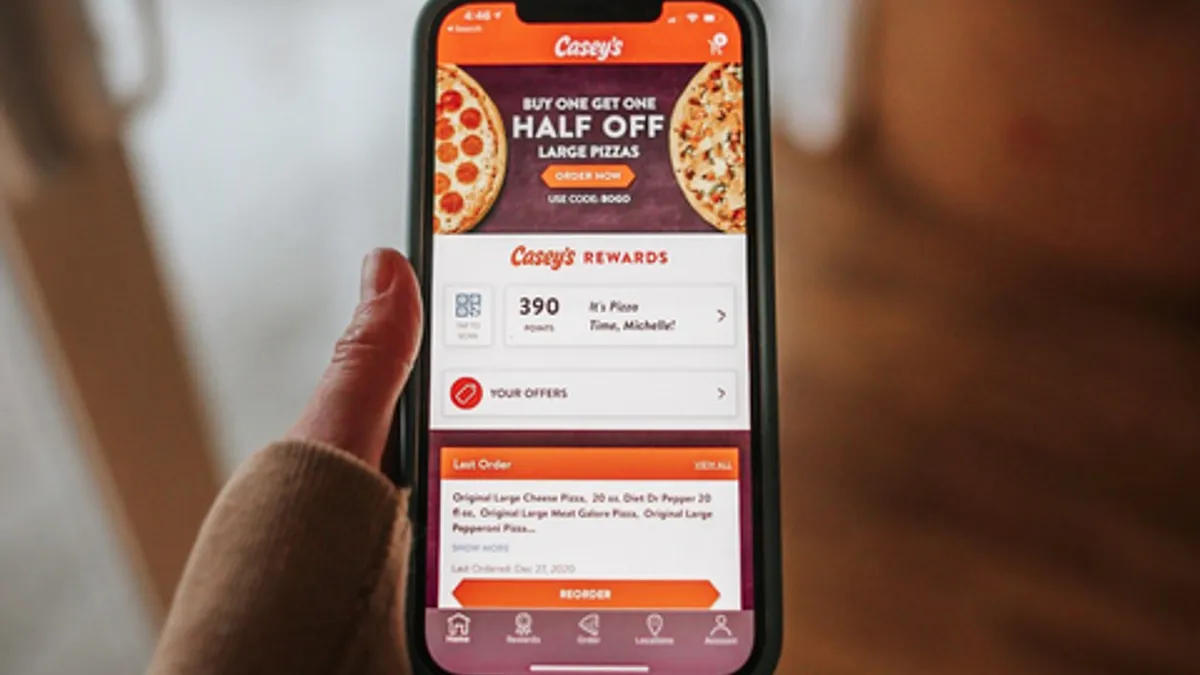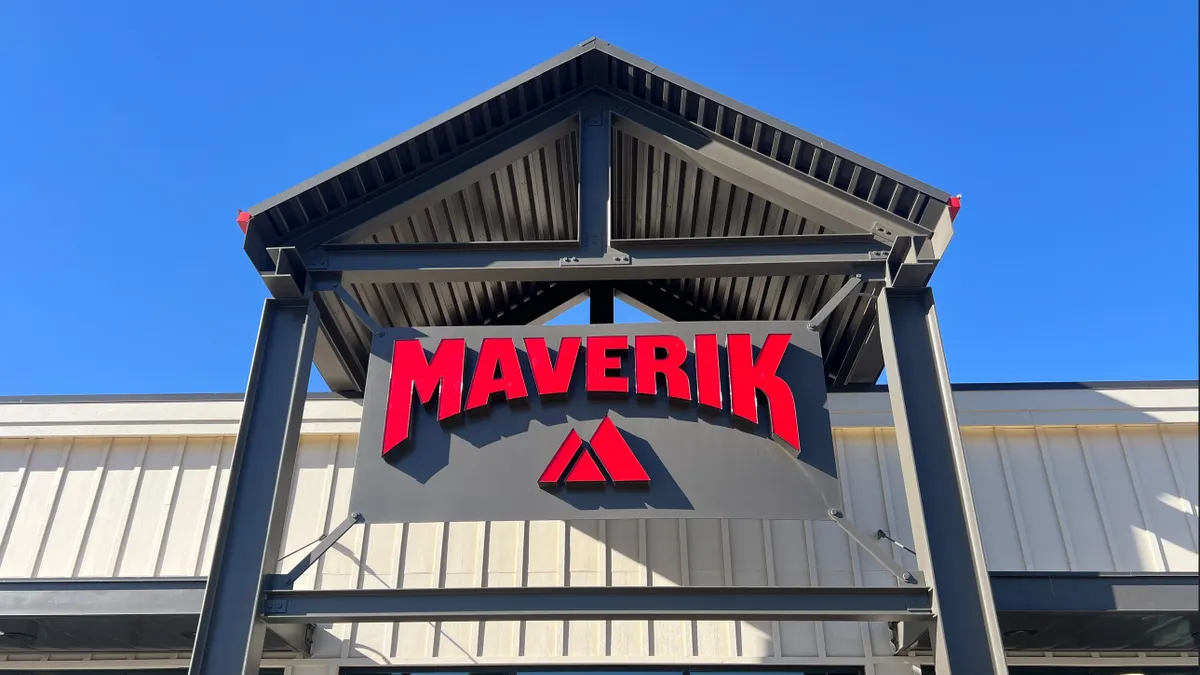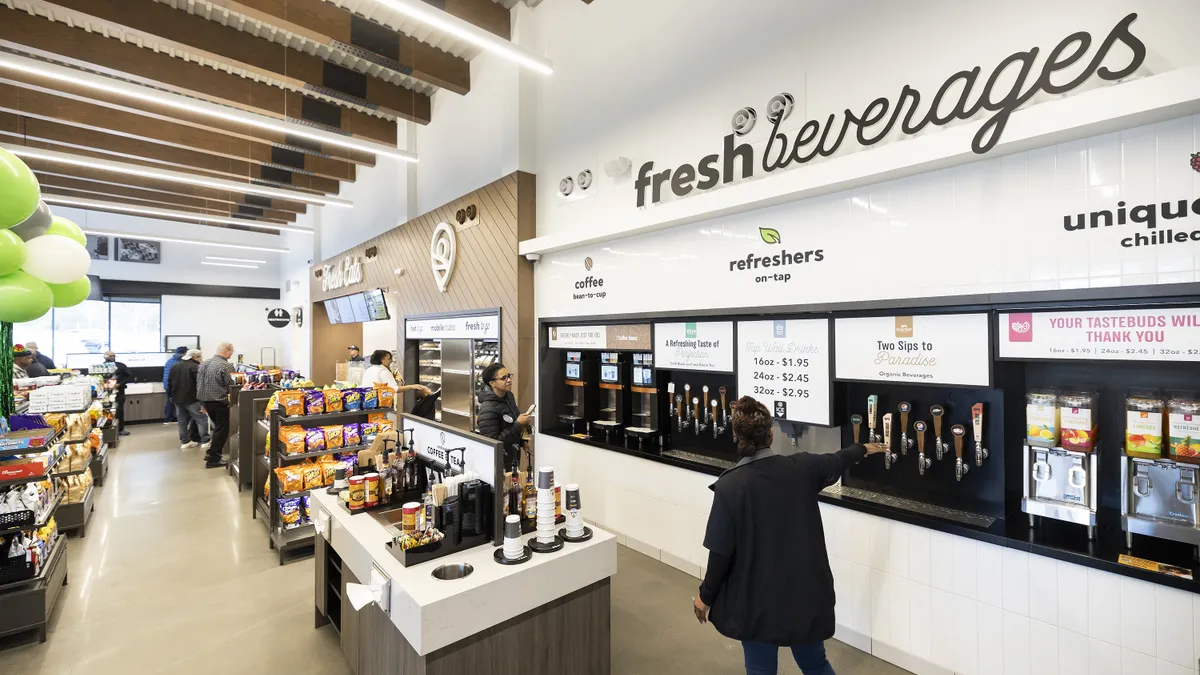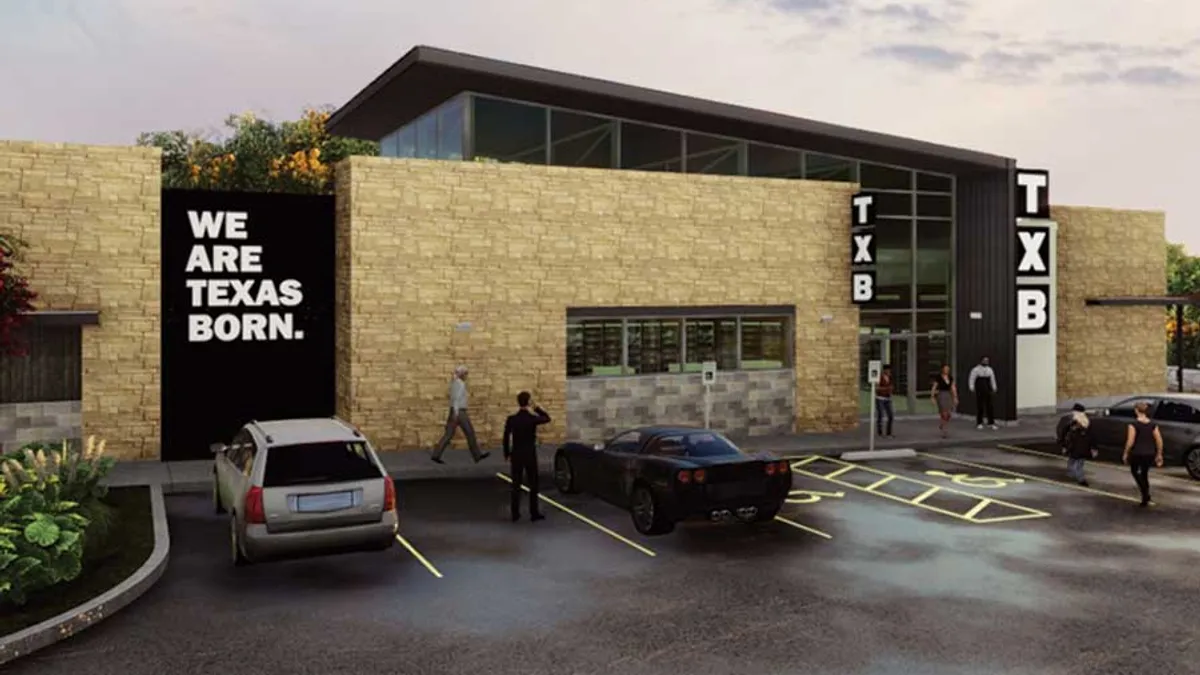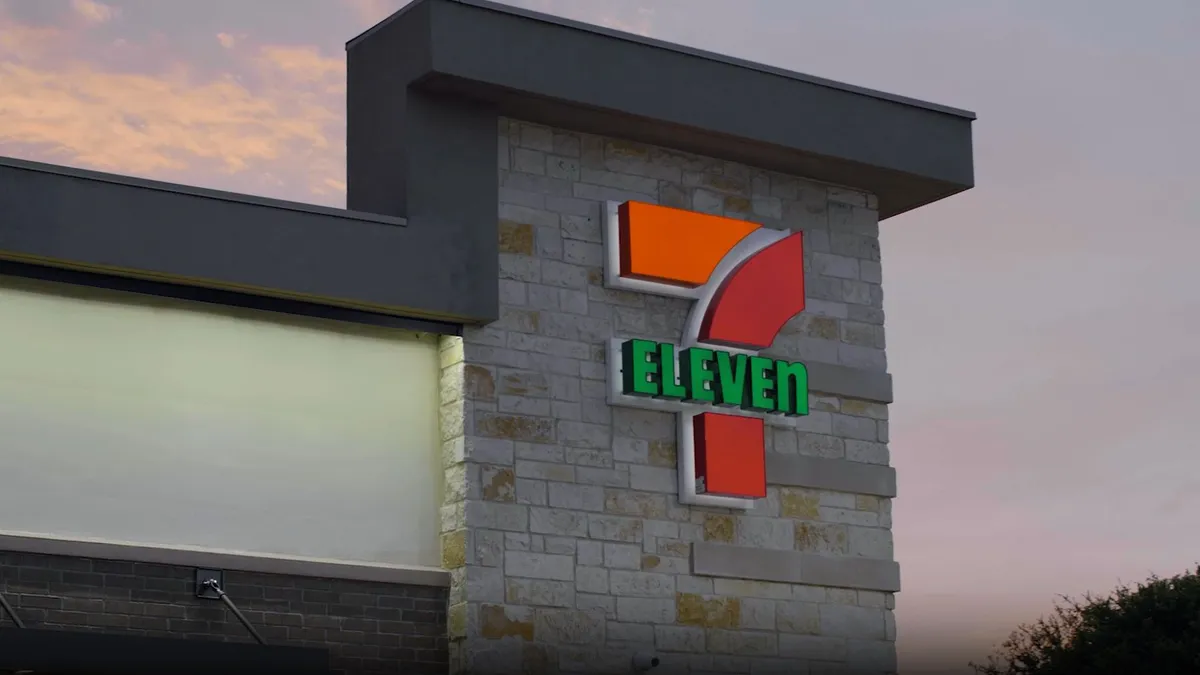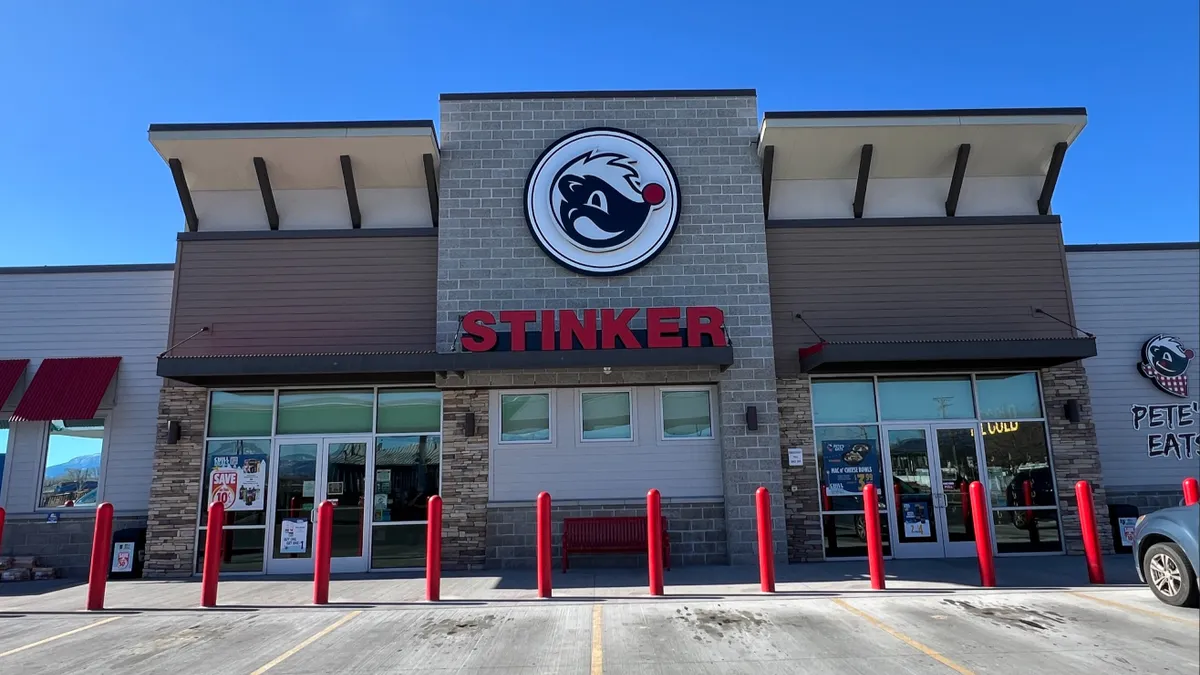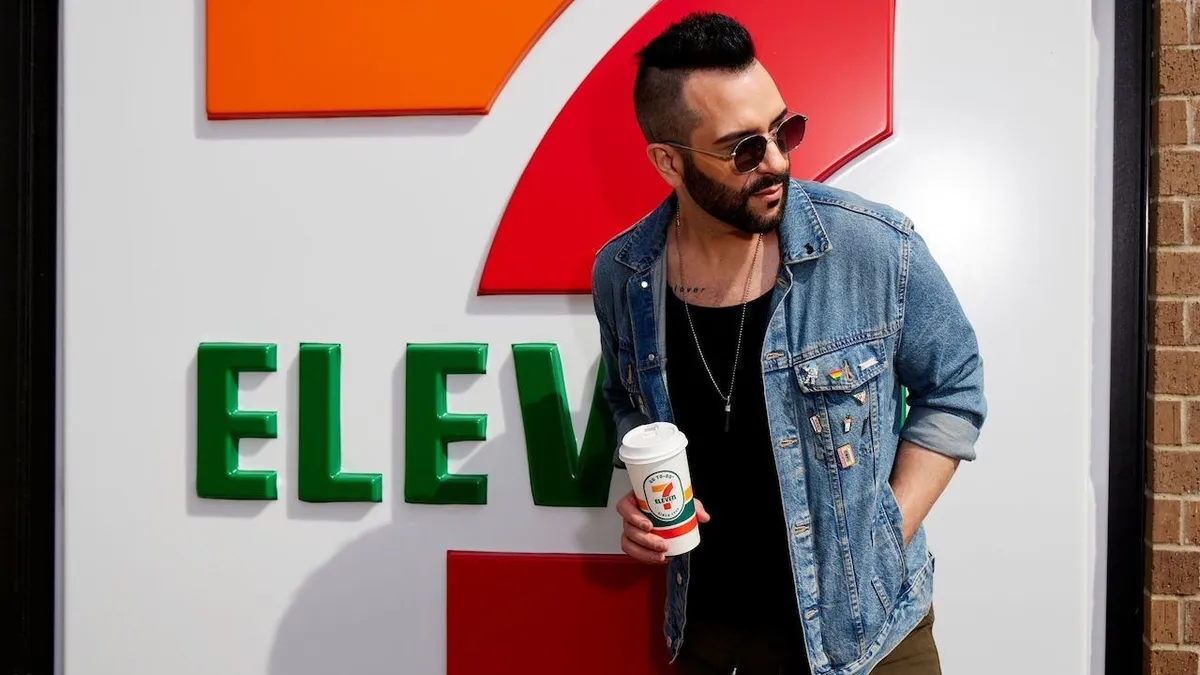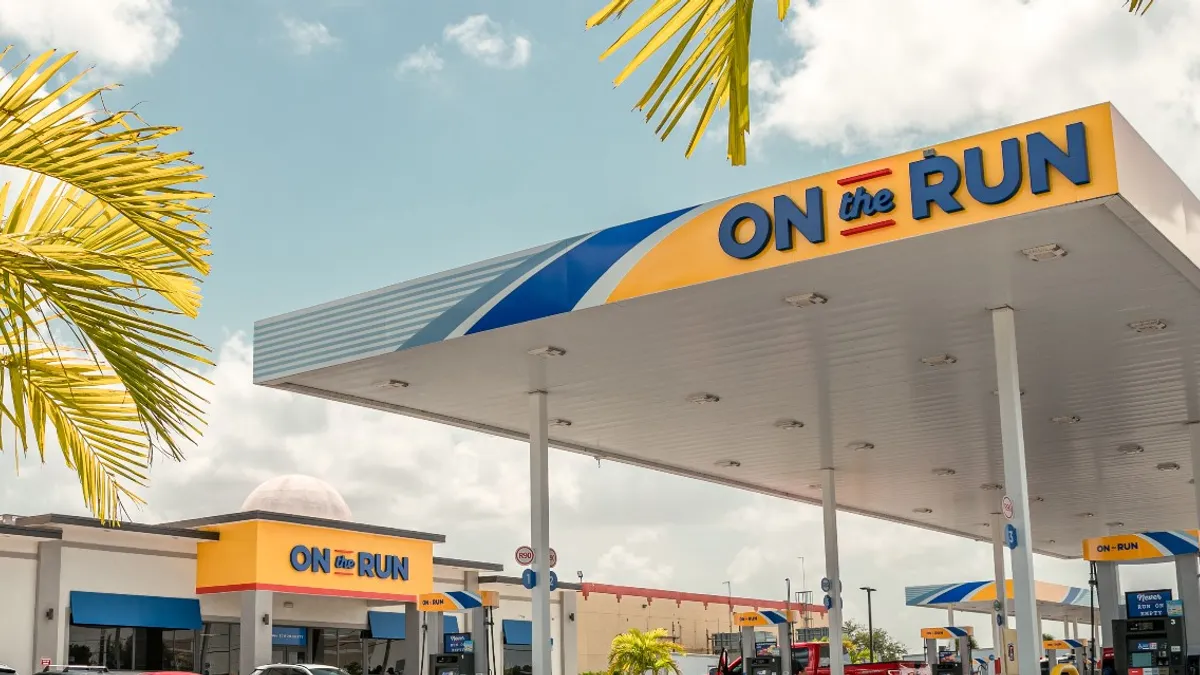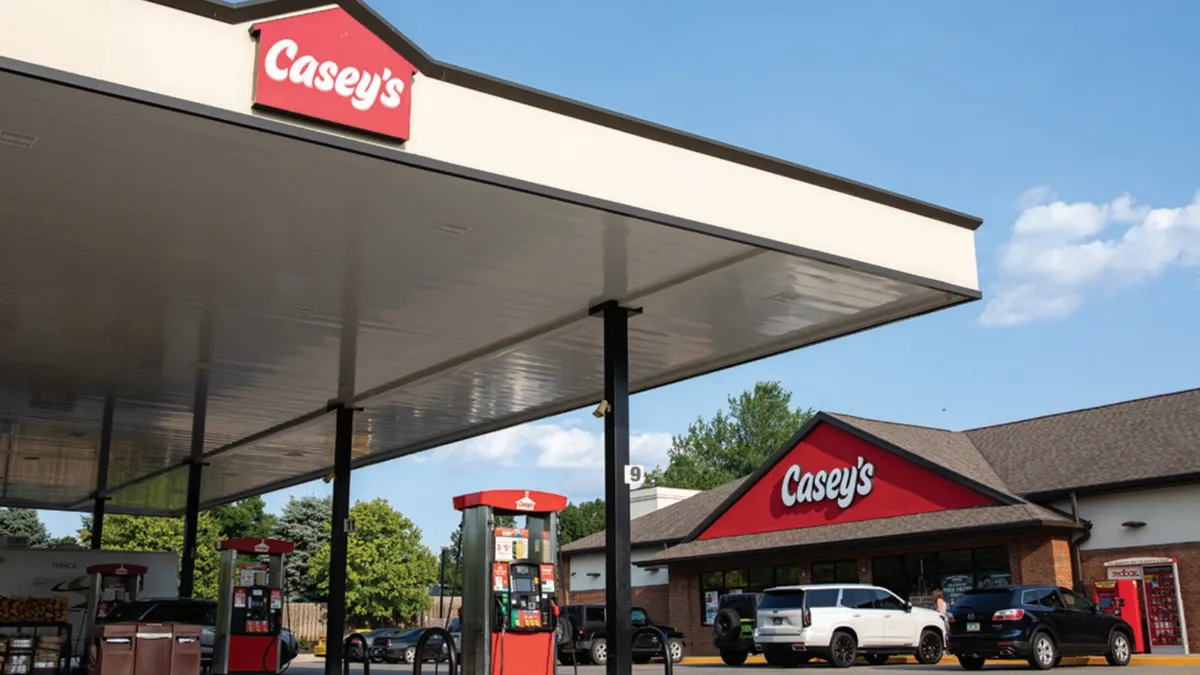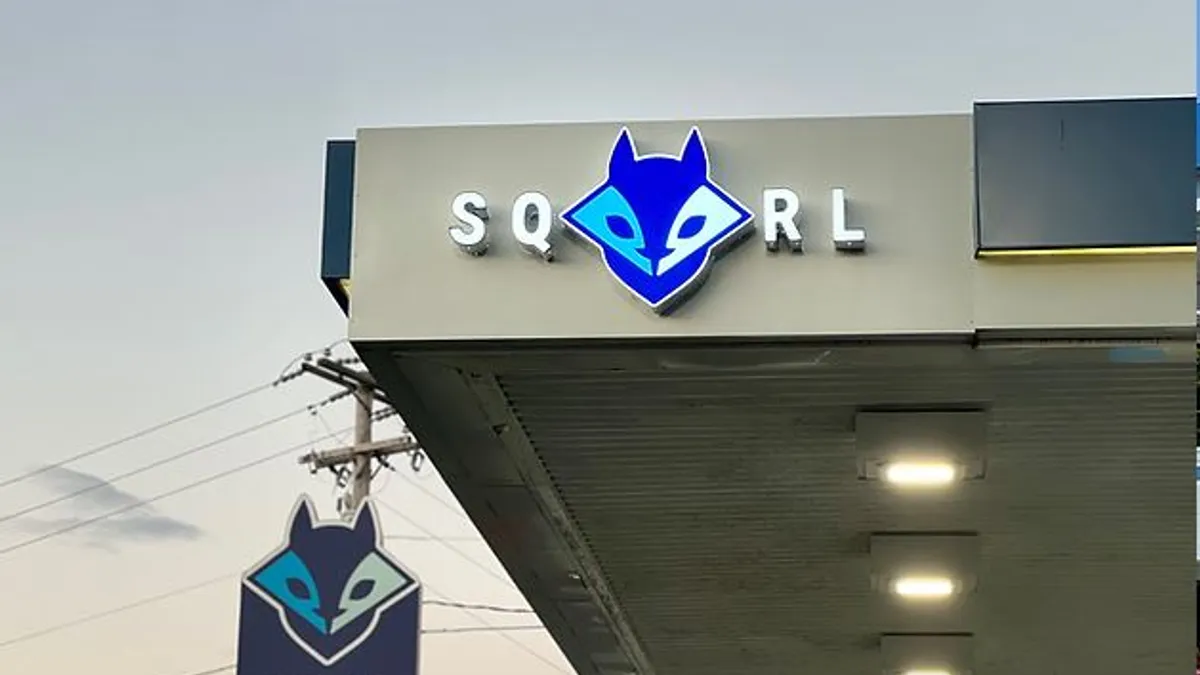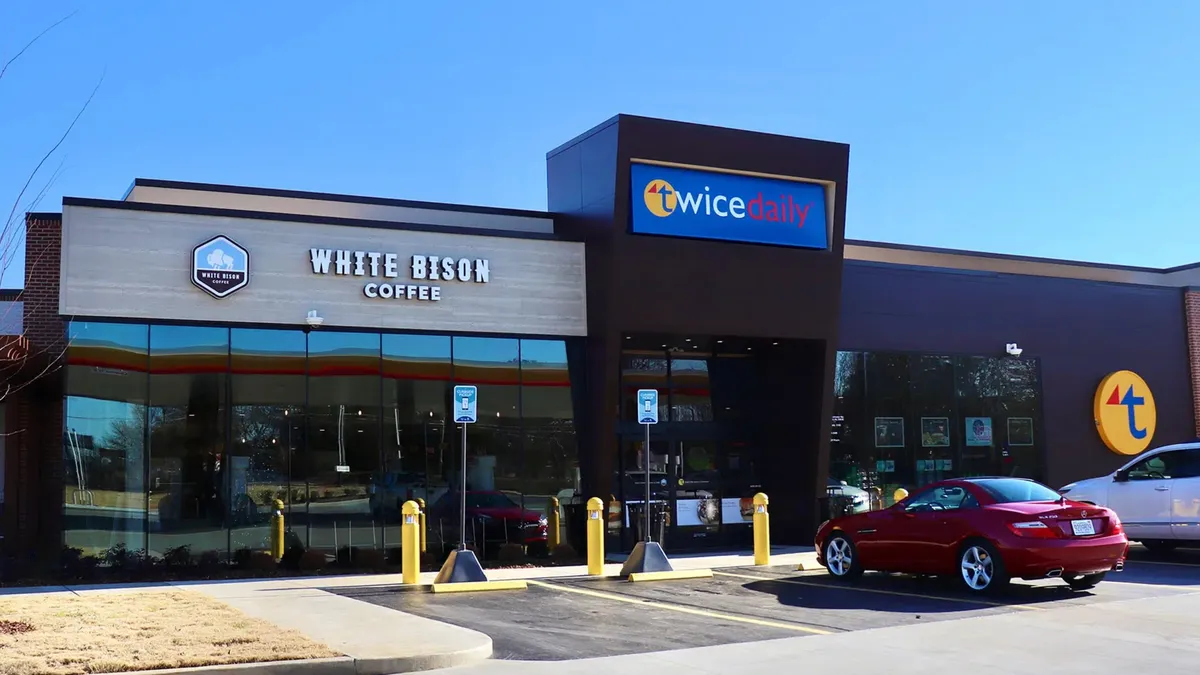This story is the second in a series on key trends that will impact c-stores in 2023.
Art Sebastian and his team of digital marketers weren’t floored when they saw the advertising landscape quickly changing a few years ago. As consumers were shopping online more than ever, data privacy became increasingly important and companies began deprecating third-party cookies.
“It's no surprise that brands were looking for advertising opportunities where there was higher ROI,” said Sebastian, vice president of digital experiences for Casey’s General Stores.
More than two years later — after building its digital ordering experience, implementing customer-facing experiences and even tapping into artificial intelligence to enhance its shopper insights — Casey’s is debuting its retail media network this year. It’s the second major U.S. c-store chain to do so, behind 7-Eleven.
The network, Casey’s Access, offers CPG companies and other vendors access to Casey's first-party customer data. Like with 7-Eleven’s retail media network, vendors in the program can then use that data to create and target relevant promotions, offers and other marketing content back through the network to customers.
For many c-store operators, retail media networks may be an enigma. But Emarketer estimates that by 2024, more than $61 billion in digital advertising will flow through retail media networks.
“Retail media has been a massive secular trend in marketing, and depending on the analysts that you believe, it's either going to be the fastest- or second-fastest-growing channel amongst all marketing budgets,” said Michael Greene, senior vice president of global vertical strategy for commerce media company Criteo. “You're reaching consumers at the most important time in their shopping journey — when they're going to buy.”
Retail media networks promise to be one of the shiniest new toys for c-store operators in 2023, bringing plenty of new growth and opportunities. But alongside its potential rewards come challenges and risks, experts say.
Frequent visits and impulse buys
In distinguishing from other retail media-focused industries like grocery and big-box retailers, c-store operators have a few advantages. One of those is the frequency with which their core customers visit.
“In grocery, you're thrilled if your guest is in your store once every seven to 10 days to stock up,” said Sebastian, who spent two decades at grocers like Jewel Osco, Albertsons and Meijer before joining Casey’s in 2018. By contrast, the best c-store guests make multiple trips a week, he said, “so that means that there is a high level of frequency of the relationship between the guest and the brand.”
Sebastian noted that this frequency means c-stores have a higher likelihood of getting their ads in front of guests — and engaging them — more often than other retailers.
“I think that's super unique for our channel,” he said.
When consumers visit c-stores, they’re often swayed by impulse purchases. This, too, can play to the industry’s advantage with retail media, said Jordan Berke, founder and CEO of Tomorrow Retail Consulting.
Berke noted that since c-stores are all about immediate consumption, advertisers can drive high margins because customers will likely visit a c-store within hours of seeing a product advertised. He suggested c-store-based retail media give advertisers the chance to market products that benefit from this “immediate top-of-mind mentality.”
“It's not like a planned purchase,” he said. “It’s like, ‘Now I need it.’”
Fuel represents another touchpoint c-store retailers can utilize in their retail media efforts, Berke said.
Casey’s is already tapping into fuel trips with Casey’s Access, having planned for this since it installed video screens at its fuel pumps years ago, Sebastian said.
“We did that intentionally because we knew that at some point, we would want to light those screens up with personalized content,” he said.
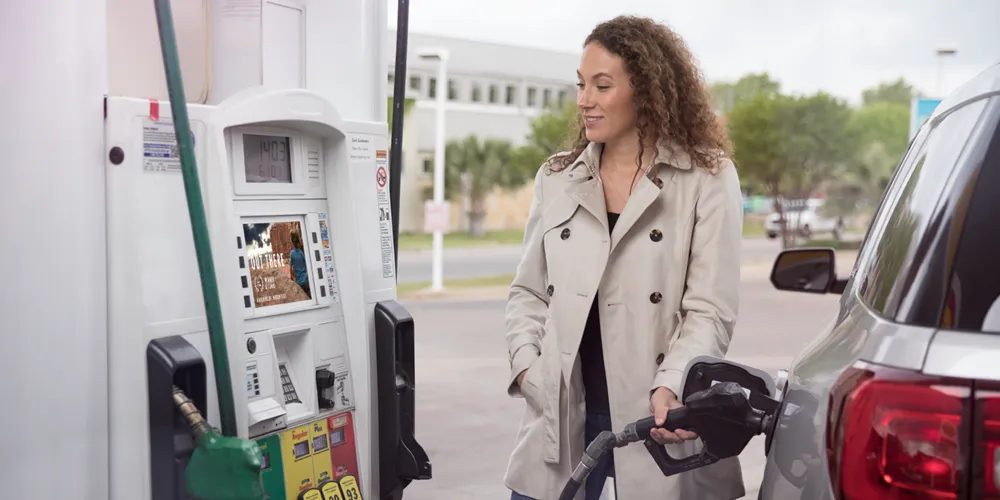
Sebastian noted the importance of c-store retailers taking advantage of the dwell time created by gas trips in relation to in-store media.
“If your tank is empty, and you've engaged the pump and you're fueling, we've got a captive audience and they're already on the property,” he said. “Delivering the right content is a huge opportunity to drive forecourt in-store conversion.”
Paul Brenner, president and chief strategy officer for Vibenomics, a company that powers audio in-store for businesses as part of their retail media networks, also sees fuel as a big retail media opportunity for c-stores. But he acknowledged that retailers must better connect the entertainment and ads at the pump with the products inside the store, calling fuel stations “programmatic clearing houses.”
“If you're going to take advantage of the pump, you're going to have to do more creative things to drive people into the store,” he said. “It's got to be a continuation of the experience.”
A small talent pool
In an area that’s so new, c-stores are relying on a mix of in-house marketers and outside talent to manage their retail media networks. Brenner said he’s never seen a retailer not work with a third-party service in building their retail media network.
While some of these third-party companies offer clients a white-label service that may give the retailer more control over their program, when it comes down to the coding and the work to “connect the dots and move the pieces,” it’s out of the retailer’s expertise, he said. Brenner noted that even on the media sales side — where a retailer may be a bit more qualified — they still need to source a third-party provider.
To help with Casey’s Access, Casey’s tapped third-party provider CitrusAd, whose “best practices and implementation teams” have been helpful, Sebastian said. CitrusAd has also worked on retail media networks for Hy-Vee, ShopRite, Lowe’s, Kohl’s, AT&T, Bed Bath & Beyond and others.
But that doesn’t mean Casey’s doesn’t have its own people working on Casey’s Access too.
“We manage our own paid media, so we have folks that understand the space,” Sebastian said. “We have folks that come from digital merchandising backgrounds, so we have a mix of talent internally that we've been able to leverage.”
The fact that Casey’s has employees who have experience in some aspects of retail media seems to put them ahead of the curve. Greene said that, historically, internal marketing or merchandising teams have been “thrown” into a new role or given new responsibilities and told to “figure it out” when their company takes on a retail media venture.
“It was experimental,” he said. “It was, ‘Go find somebody who’s eager to do this, who understands the business, understands the relationships and see what they can do.’”
But as more retailers tap into retail media, some are realizing they need to “professionalize” their workforce, Greene said. Retailers are increasingly looking to hire people who come from digital media backgrounds, and they’re even poaching people from big tech companies like Google for these roles, Greene said.
Bringing in people with this type of expertise is necessary if c-stores want to scale their retail media businesses, he said.
“This can't be a side gig,” he said. “This needs to be something [retailers] hire for with a dedicated skill set that's going to help build this.”
Harder on the smaller players
At a basic level, c-store operators will be challenged by the fact that the retail media business is far different than the traditional retail business they’re used to, Berke said.
He noted that addressing this gap takes a “considerable amount of learning and investment,” which favors larger operators who likely have the investment capital and capacity to learn, acquire and build retail media muscle over time.
Smaller operators, meanwhile, will need to be more strategic. Berke suggested these types of operators form a retail media network alongside other independent or regional brands, since advertisers are only going to deal with so many platforms at once.
“The advertiser can't deal with thousands of small advertising channels,” he said. “You've got to figure out a way to become meaningful and have enough reach, data and trust to be able to compete.”
Brenner agreed that smaller retailers with fewer assets will have a tougher time getting retail media networks up and running. He noted that many of Vibenomics’ c-store customers starting retail media networks — some of which even have hundreds of stores — are struggling to scale for these same reasons.
“C-stores are going to have to see a lot of buy-in across a lot of small groups to get the attention that they want in retail media,” he said.
Another challenge facing c-store operators is the low participation in loyalty memberships compared to other industries like restaurant and grocery. Since first-party loyalty data is directly tied to retail media programs, boosting loyalty participation should be a priority for any c-stores creating a retail media venture, said Brenner.
“The only value in retail media is when you have the first-party data about the person,” he said. “I need to know that [the customer] is a guy that comes here twice a week and buys these things.”
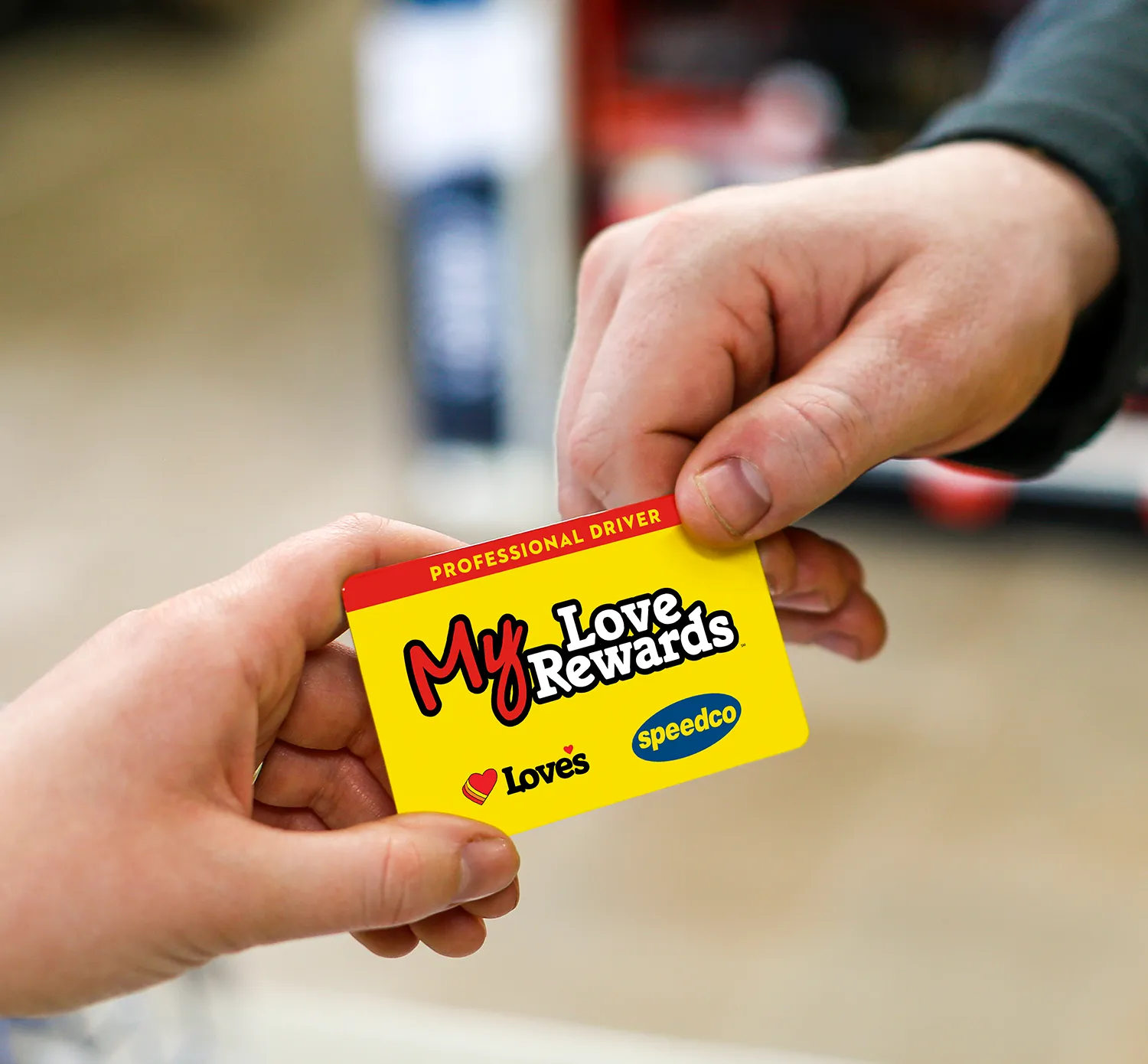
Beyond the investment, loyalty and scaling challenges, retail media networks come with risks for c-store operators as well. One is the possibility of fundamentally harming their core business by disrupting the shopper experience, Greene said. He noted that even testing a retail media venture is a “leap of faith” for many retailers.
Avoiding this risk is a “balancing act” that involves lots of trial and error, Greene said. This is why he suggests operators take baby steps into the space, so they don’t do anything that would detract from the core mission of their business and alienate their shoppers.
“You want to get that customer and keep that customer,” Greene said. “I think that's one area that every retailer including c-stores need to be looking out for.”
Reasons like these are why Casey’s took two years to develop its retail media network before launching, Sebastian said.
“With something like this, you've got to take your time, which is why we've been very methodical,” he said.
Getting creative with the data and ads
What does innovation look like for a c-store operator whose retail media network is implemented and churning out profits?
Greene said he’s seen retailers invest in new, higher-value ad formats as their networks grow, creating incremental opportunities for brands to scale.
“We're seeing a lot of retailers experiment with things like adding video ad units to their site,” Greene said. “Two years ago, that was unthinkable.”
Additionally, Greene has seen retailers focus more on data monetization as their retail media networks grow, meaning they’re applying loyalty data to things like social channels or even connected TV (CTV), a form of digital advertising within streaming content. Beyond that, he’s seen retailers offer brands new types of shopper insights beyond transactional media buying data.
One non-c-store retailer at this stage is Walmart. Greene referenced the company’ Luminate products, which use advanced data science to synthesize insights from across its omni-channel offerings.
“How do we influence a brand or agency's planning process with our data?” he said. “How do we go beyond audience data and bring things like shelf data in a programmatic way?”
Despite getting creative with how loyalty data is used, Brenner believes innovation in retail media comes down to one thing.
“Get results for the advertisers — just get results,” he said.
Correction: A previous version of this story misspelled Michael Greene's last name.



